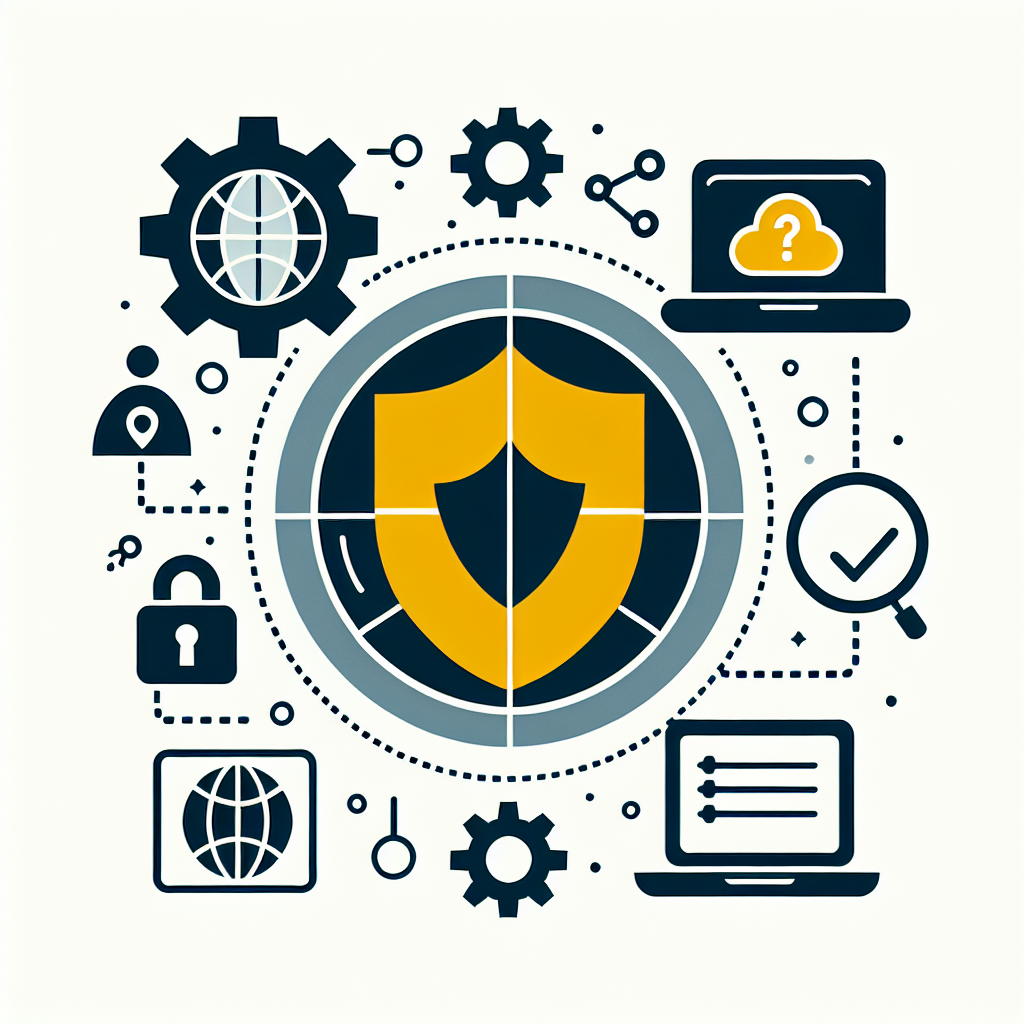
Cybersecurity Awareness Month is a chance for managed service providers to sharpen defenses and show leadership to customers. Use this period to review policies, train teams, and offer concrete services that reduce client risk.

Start with measurable actions that reduce immediate risk: patching, MFA rollout, and phishing simulations. Prioritize systems with external exposure and accounts with elevated privileges. Document the current state so improvements are visible to clients. Schedule quick wins that demonstrate value and build momentum. Finally, set realistic goals for follow-up beyond the month.
Keep training short, frequent, and scenario-based so staff actually retain the lessons. Focus on common threats like credential theft, phishing, and social engineering. Use simulations and follow-up coaching to reinforce behavior changes. Track participation and results, and report improvements to clients. Tie training outcomes to policy updates and technical controls for a holistic approach.
Implement Multi-Factor Authentication (MFA), centralized endpoint detection, and automated patch management first. These controls address the most frequent attack paths and reduce compromise likelihood significantly. Combine detection tools with clear response playbooks so alerts become actionable. Where possible, centralize logging and visibility for faster investigation. Review identity, endpoint, and email protections as a combined stack.
Position simulations as learning tools—not traps—and explain their purpose in advance. Keep tests realistic but not punitive, and provide immediate feedback and remediation steps for anyone who clicks. Offer additional coaching and resources to build skills, and celebrate improvements publicly. Use aggregated data to guide technical fixes and targeted training. Share results with clients in constructive terms that emphasize risk reduction.
Lead by offering clear, actionable advice and turnkey services clients can adopt quickly. Provide short briefings, one-page checklists, and prioritized remediation roadmaps. Offer bundled security scans or assessments during the month to surface gaps. Communicate in business terms—risk, downtime, and cost—so clients understand the value. Make follow-up plans visible so clients see continuous improvement, not just a single campaign.
Measure both activity and impact: training completion rates, phishing click rates, patch coverage, and MFA adoption are core metrics. Track incident counts and mean time to detect/repair as technical KPIs. Convert technical gains into client-facing metrics like reduced exposure or compliance progress. Set baseline numbers at the month’s start and report improvements at close. Use dashboards to make progress visible to internal teams and customers.
Use the month to introduce or promote security-focused bundles, but avoid surprise price hikes. Offer limited-time assessments, onboarding discounts, or packaged monitoring to lower adoption friction. Highlight ROI in terms of reduced breach risk and potential incident costs. Make it easy for clients to trial higher-tier protections for a short window. Use promotional offers to convert awareness into ongoing revenue streams.
Automation speeds response and reduces human error in repetitive tasks like patching, alert triage, and policy enforcement. Scripted playbooks can handle common alerts and escalate only when human review is needed. Automated reporting keeps clients informed without manual overhead. Combine automation with human review for complex incidents to balance speed and judgment. Prioritize automations that close known gaps quickly.
Refresh playbooks, contact lists, and escalation paths so everyone knows roles during an incident. Test communication templates for internal and client-facing updates. Confirm backup integrity and recovery procedures are current and documented. Run a tabletop exercise focused on the most-likely scenarios you face. After testing, iterate on the plan and address any gaps immediately.
Rank patches by exposure and exploitability: internet-facing and privilege-elevating fixes come first. Use automated patch management for routine updates and manual review for high-risk changes. Maintain a rollback plan and test patches on staging systems where possible. Communicate patch schedules to clients and schedule maintenance windows to minimize disruption. Track completion rates and remediate exceptions promptly.
Limit access with least-privilege policies, segmented remote access, and strong identity controls for vendor accounts. Use credential vaulting and just-in-time access where supported. Monitor vendor accounts separately and require MFA and device compliance. Regularly review third-party access and revoke orphaned accounts. Treat vendor access as a high-risk vector and apply extra protections accordingly.
Turn momentum into a roadmap: schedule quarterly rechecks, ongoing training, and continuous monitoring. Maintain a prioritized backlog of security improvements and report status to clients. Automate recurring tasks and use the month’s metrics to guide long-term investments. Keep communication channels open with clients to reinforce best practices. Make security an ongoing service, not a one-month campaign.
Start with a quick security hygiene audit and push critical patches and MFA where missing. That creates immediate risk reduction and visible progress.
Run simulations quarterly or more often for high-risk clients; combine them with training for anyone who clicks.
No—automation handles repetitive tasks and speeds response, but analysts are needed for investigation and complex decisions.
Show business impact: potential downtime, breach costs, and compliance risks, plus quick wins that reduce exposure.
Explore Palisade's MSP security platform for consolidated monitoring and response: Palisade MSP security platform.